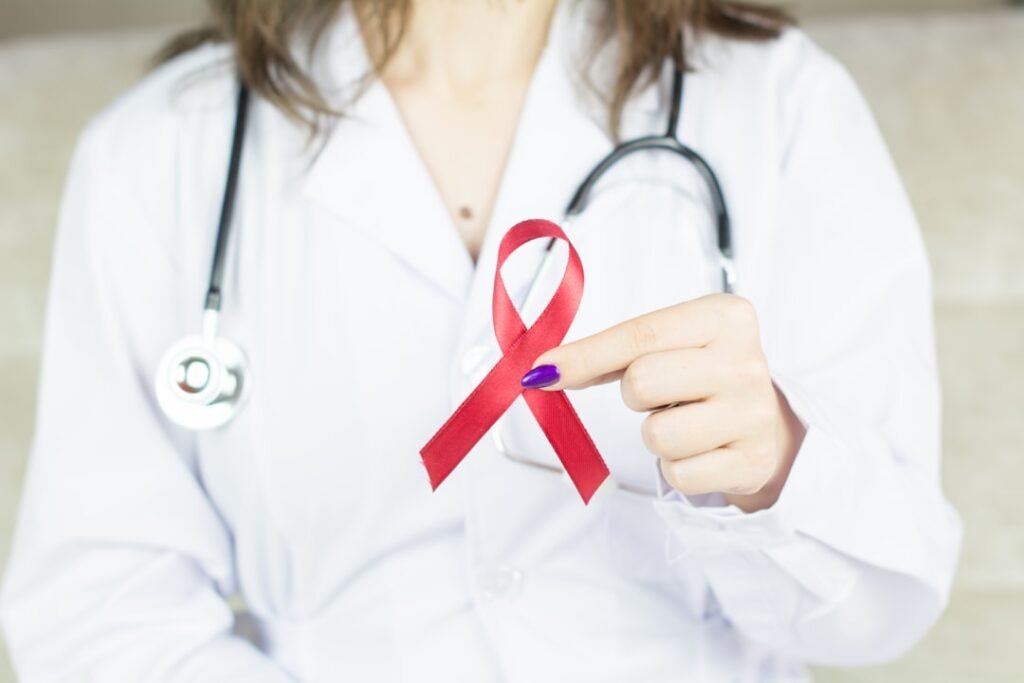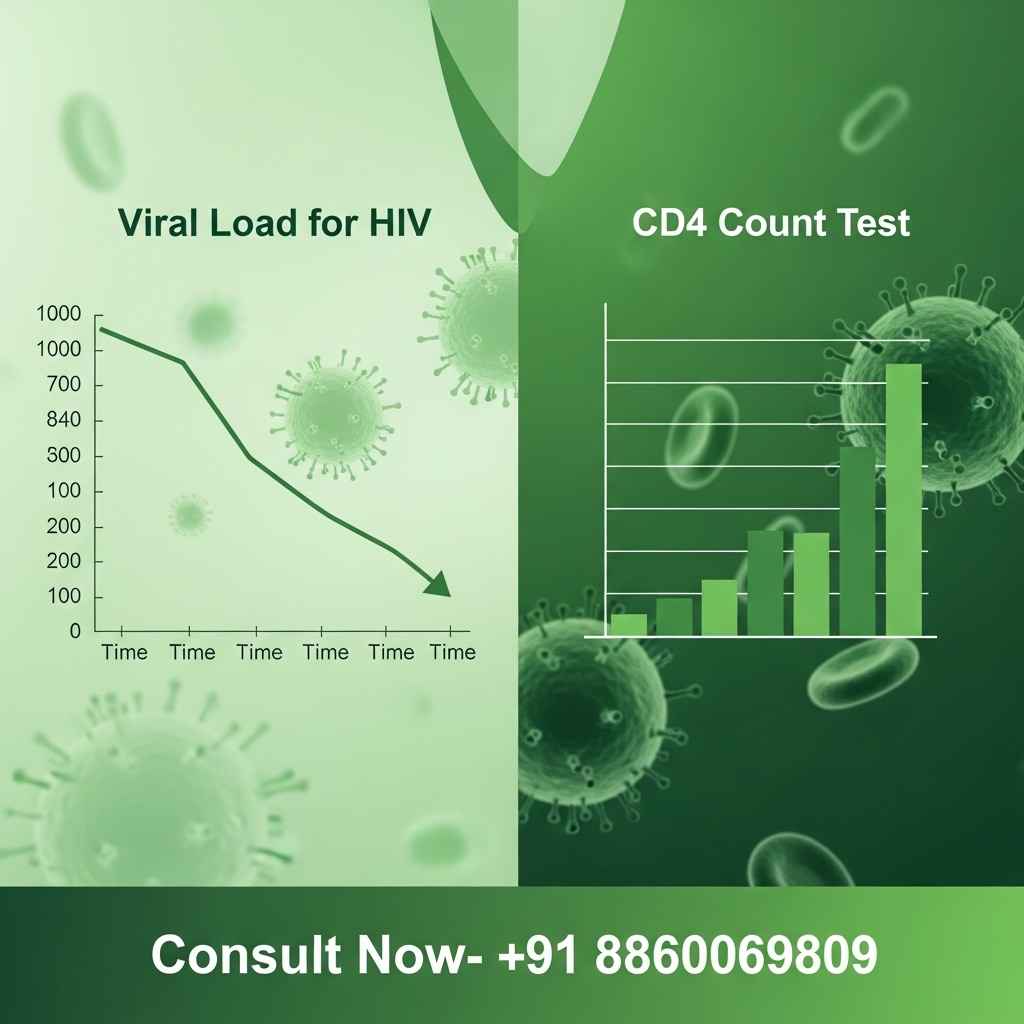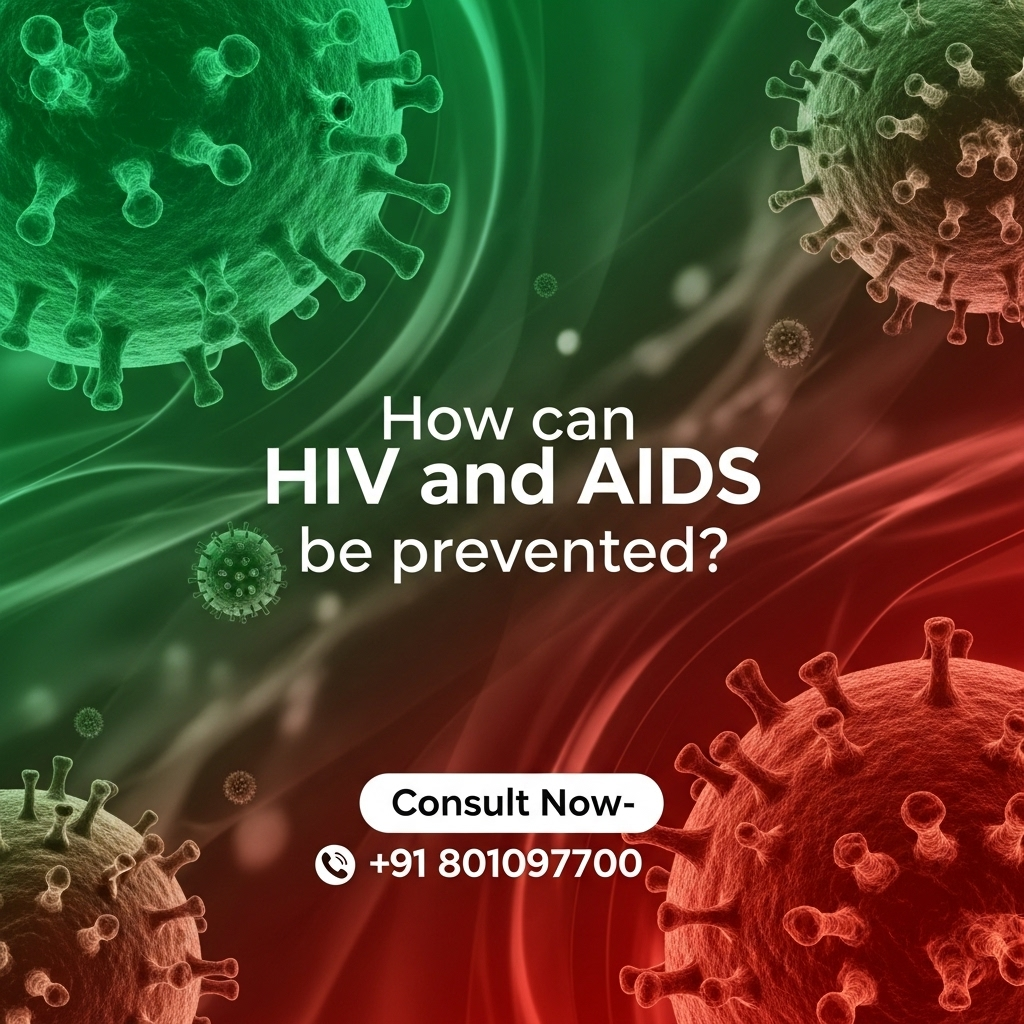Understanding the risks associated with HIV transmission is crucial for maintaining sexual health. Human Immunodeficiency Virus (HIV) is primarily spread through sexual contact, but the likelihood of transmission can vary based on several factors. In this article, we will explore the chances of getting HIV sexually, discuss risk factors, and provide guidance on prevention. With the right knowledge, individuals can make informed decisions about their sexual health and take proactive steps to protect themselves and their partners. For more detailed insights and professional care, explore comprehensive HIV treatment and prevention options.

HIV is a virus that attacks the immune system, specifically targeting CD4 cells, which are vital for fighting infections. These cells play a crucial role in maintaining the body’s defense against pathogens. When HIV enters the body, it integrates itself into the host’s cells and begins to replicate, gradually weakening the immune system over time. The virus is primarily spread through certain body fluids, including blood, semen, pre-seminal fluids, rectal fluids, vaginal fluids, and breast milk, making certain activities higher risk for transmission. For expert diagnosis, treatment, and personalized care, visit Dr. Monga’s HIV treatment center in Delhi.
For HIV to be transmitted, these fluids must come into contact with a mucous membrane, damaged tissue, or be directly injected into the bloodstream. This is why sexual contact is a common mode of transmission. Activities such as sharing needles or receiving contaminated blood transfusions can also lead to transmission, but these are less common in areas with robust medical safety protocols. Understanding the mechanics of HIV transmission helps in recognizing why certain preventive measures are effective and emphasizes the importance of safe practices.
Factors Affecting the Risk of Sexual Transmission
The chances of getting HIV sexually depend on several factors. Understanding these can help in assessing personal risk levels and taking appropriate precautions. Each factor interacts with others, influencing the overall risk and underscoring the complexity of HIV transmission dynamics.
Type of Sexual Contact
Different sexual activities carry varying levels of risk:
- Anal sex: This is the highest-risk sexual behavior for HIV transmission. Receptive anal sex is riskier than insertive anal sex due to the delicate nature of rectal tissues, which can tear easily, providing the virus easier access to enter the bloodstream.
- Vaginal sex: This is the second most common way HIV is transmitted sexually. The risk is present for both partners, but receptive partners are at a slightly higher risk due to the larger surface area of exposure and potential for micro-tears in vaginal tissues.
- Oral sex: The risk of HIV transmission through oral sex is significantly lower compared to anal and vaginal sex, but it’s not zero. Factors such as the presence of cuts or sores in the mouth or oral infections can increase this risk, though it remains comparatively low.
Presence of Other Sexually Transmitted Infections (STIs)
Having an STI can increase the risk of contracting HIV. Infections such as herpes, gonorrhea, and syphilis can cause sores or inflammation, making it easier for HIV to enter the body. The presence of an STI often indicates compromised mucosal barriers, which can facilitate the entry and spread of HIV. Additionally, STIs can increase the viral load in genital secretions, heightening the risk of transmission to partners. If you’re experiencing symptoms or need a checkup, explore expert STD treatment and care services to protect your health and reduce risks.
Viral Load of the HIV-Positive Partner

The amount of HIV in an infected person’s blood, known as the viral load, greatly influences transmission risk. A higher viral load increases the likelihood of transmission, making it critical for HIV-positive individuals to manage their viral load through treatment. Antiretroviral therapy (ART) can reduce viral load to undetectable levels, significantly lowering the risk of transmission. This concept, known as “undetectable equals untransmittable” (U=U), highlights the importance of consistent ART adherence for both health management and reducing transmission risk.
Use of Protection
Consistent and correct use of condoms significantly reduces the risk of HIV transmission. Condoms act as a barrier, preventing the exchange of bodily fluids during sex. However, it’s important to ensure proper usage to maximize effectiveness, such as checking for damage and using water-based or silicone-based lubricants to prevent breakage. Education on condom use is essential, as improper use can diminish their protective benefits.
Pre-Exposure Prophylaxis (PrEP) and Post-Exposure Prophylaxis (PEP)
PrEP is a daily medication for people at high risk of HIV. When taken consistently, it can reduce the risk of infection by up to 99%. It is particularly recommended for individuals in serodiscordant relationships or those with multiple partners. PEP, on the other hand, is an emergency medication taken after potential exposure to HIV, ideally within 72 hours. It involves a 28-day course of antiretroviral drugs and is most effective when initiated as soon as possible after exposure. To learn more or start treatment, visit the PEP treatment center for HIV prevention and get immediate guidance.
Quantifying the Risk: What are the Chances of Getting HIV Sexually?
While it’s challenging to assign exact probabilities to the chances of getting HIV sexually due to individual differences and behaviors, studies provide some estimates:
- The risk per exposure for receptive anal sex is approximately 1.38%.
- For insertive anal sex, the risk is around 0.11%.
- Receptive vaginal sex carries a risk of about 0.08% per exposure.
- Insertive vaginal sex has a risk of roughly 0.04% per exposure.
These figures highlight the importance of protective measures, as even low-risk activities can lead to transmission over time if precautions are not taken. It’s important to remember that these percentages represent averages and can vary based on specific circumstances, such as the presence of STIs or the viral load of an HIV-positive partner. Understanding these risks empowers individuals to make informed decisions about their sexual activities and the necessary precautions to take.
- How Early Antiretroviral Therapy Can Help Stop HIV-1?
- How Does the HIV Finger Test Work?
- What Is HIV? Understanding the Basics of the Virus
- What You Need to Know About HIV Testing
- Best HIV treatment in india
- 10 Most Important Myths And Misconceptions Busted About HIV/AIDS
Reducing the Risk of HIV Transmission
Taking steps to reduce the risk of HIV is essential for sexual health. Here are some effective strategies, each playing a critical role in a comprehensive prevention approach:
Communication with Sexual Partners
Discussing HIV status and risk factors with partners can help in making informed decisions. Open communication about STI testing and prevention methods is crucial. Establishing trust and openness can lead to more cooperative efforts in prevention strategies, such as agreeing to regular testing or the consistent use of protection. Such dialogues can also reduce stigma and fear surrounding HIV, fostering a healthier relationship dynamic.
Regular HIV Testing

Regular testing is vital for individuals who are sexually active, especially those with multiple partners or who engage in high-risk activities. Early detection allows for prompt treatment and reduces the risk of transmission to others. Testing should be part of routine healthcare, and many clinics offer confidential and sometimes free services. Knowing one’s status is a powerful tool in preventing the spread of HIV and in maintaining overall sexual health. For trusted and confidential care, visit the HIV testing and treatment center in Delhi.
Safe Sex Practices
Using condoms consistently and correctly is one of the most effective ways to prevent HIV transmission. Additionally, reducing the number of sexual partners can decrease the likelihood of encountering an HIV-positive individual. Safe sex practices also include regular STI screenings and mutual monogamy with a partner whose HIV status is known and managed. These practices form the cornerstone of sexual health and are crucial for minimizing the risk of HIV and other STIs.
Consider PrEP and PEP
For those at high risk, PrEP can be a valuable tool in preventing HIV. It is particularly beneficial for individuals in relationships with HIV-positive partners or those who engage in behaviors that increase their exposure risk. In situations of potential exposure, PEP should be considered and started as soon as possible. Both PrEP and PEP are part of a broader preventive strategy, and consulting healthcare providers can help determine the best approach for individual circumstances.
Conclusion
Understanding the chances of getting HIV sexually and the factors that influence transmission is key to prevention. By staying informed, communicating openly with partners, and utilizing protective measures, individuals can significantly reduce their risk of contracting HIV. This proactive approach not only protects individual health but also contributes to broader public health efforts to reduce HIV transmission rates. Remember, maintaining sexual health is an ongoing process that requires awareness and proactive steps.
For more information or support, consider reaching out to healthcare providers or local organizations specializing in HIV prevention and treatment. Knowledge and prevention are powerful tools in the fight against HIV. Empowering oneself with information and resources can lead to healthier relationships and a better quality of life. For expert guidance, connect with Dr. Yuvraj Arora Monga, a trusted specialist in sexual health and HIV care.











Leave a Reply